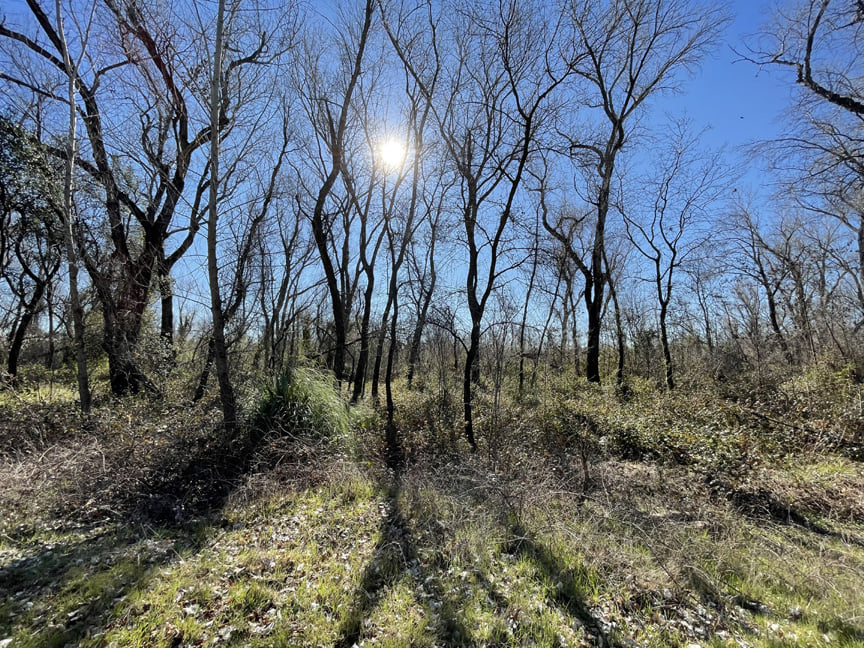SEA and Wintu Audubon led a field trip at Turtle Bay field to walk the area that will be immediately affected by the potential sale of public land to Populous, McConnell Foundation and K‐2 Development. We started at the parking lot of the public boat ramp near the Redding Rodeo grounds. Here SEA President David Ledger and Wintu Audubon President Rebeca Ladron DeGuevara discussed our concerns about the detrimental effect intense development could have on the riverine ecosystem.
From here we walked the entire loop around the Bird Sanctuary of the area. David Ledger identified the various plants of the area and their importance to the local environment and Larry Jordan of Wintu Audubon identified various birds sighted on our walk and the importance of the river and riparian areas are to local and migrating birds. Near the Turtle Bay Museum, we saw the Yellow Billed Magpie, which is only found in California central valleys and is a species of special concern due to its limited population and its diminishing habitat. In this area it is often found near valley oaks. Twenty seven people enjoyed this cool morning walk.



Each participant was given a list of common plants found at Turtle Bay and most plants were identified on our walk as well as describing special features of the plants. Larry Jordan kept the interest of the birders on the walk while Ledger talked to the rest who were interested in plants. Without the tree canopy, shrubs, vines and various wild and invasive plants, this area would be a food desert for many animals, even fish, as leaves that fall in the water are eaten by aquatic insects which in turn are eaten by fish and birds.
Intensive development on the river, with noise, lights and reduced plant life would adversely affect wildlife on both sides of the river and could flow over to the natural areas. If widened trails, lights, tree and shrub removal encroached into the natural areas, this would further adversely affect wildlife, both flora and fauna.
